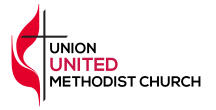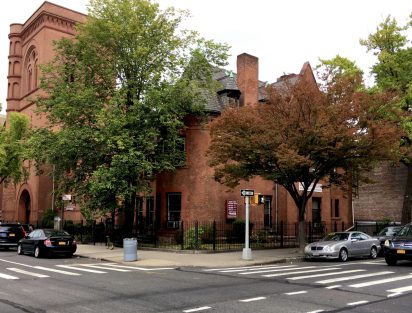
Vision Statement
Union United Methodist Church strives to be a place where everyone feels the love of God, finds the joy of Christ, and experiences the power of the Holy Spirit.
History of the Church
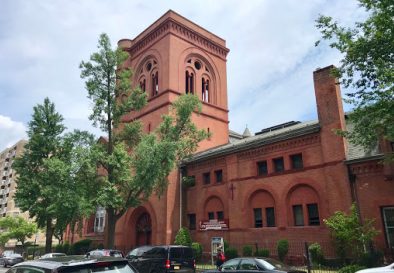
The church’s history is of enormous value to those of us here, as well as those yet to be born.
From the earliest beginnings in a 35′ x 75′ building, with a seating capacity of about 250 persons, located on Clove Road (now Nostrand Avenue) and Sterling Place, our Methodist Church grew, and through a series of relocations, stands at the corner of New York Avenue and Dean Street, as we now know it.
From 1857 to September 1973, the church remained and served its congregation on Clove Road until it was forced to relocate to New York Avenue and Herkimer Street because of population shifts. With this change of location came a change of name to New York Avenue Methodist Episcopal Church.
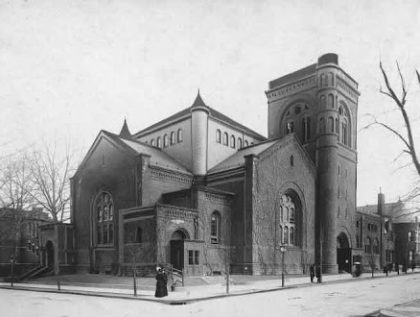
From 1857 to September 1973, the church remained and served its congregation on Clove Road until it was forced to relocate to New York Avenue and Herkimer Street because of population shifts. With this change of location came a change of name to New York Avenue Methodist Episcopal Church.
At this site, the church enjoyed steady growth. Every effort was made to expand the physical facilities to accommodate the increase in population. Since a larger future seemed evident, the decision to again relocate and build on a larger site was made. In May 1889, the cornerstone for the new church at New York Avenue and Dean Street was dedicated, and the name was changed again to New York Avenue Methodist Church.
This fine edifice, an example of Byzantine architecture, and one of only four or five in New York City is the building, which is now Union United Methodist Church. For almost half a century, it enjoyed the reputation of being one of the outstanding churches in Brooklyn, distinguished not only by its large and influential congregation but by its pastors, three of whom became bishops. They are Daniel Goodsell, D.D., Rev. Francis J. McConnell, D.D., and Rev. Charles W. Flint, D.D.
In 1947, the Nostrand-Dekalb Avenue Methodist Church merged with the New York Avenue Methodist Church, and together with a sizeable number of members from the recently disbanded Embury Methodist Church, became Union Methodist Church of Brooklyn. Some of the members of these churches are with us today. Our present church has relied heavily on their mature judgment for direction and guidance in administrative, as well as other areas as our leadership changes. Were it not for this merger, we would not have the warmly inspiring association of the late Miss Geraldine Davey, who came to us from Embury, and for whom we held deep affection. Under the pastorate of Rev. Quincy Cooper, the outdoor electric cross that graces our church was installed in June 1979.
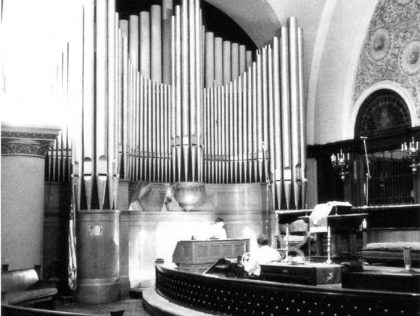
In the early 1930s, a small group separated from the Bethel Tabernacle Church, located on Schenectady Avenue and Dean Street, to form a church of its own. This group of church members was able to continue its practice of worship in a Seventh-Day Adventist Church located on the corner of Herkimer Street and Troy Avenue. Years later, this building was purchased and became Redeemer’s permanent church home.
Later, the church was formally organized under the leadership of Rev. John Bryant and named Church of the Redeemer. The groundwork for this establishment of a church had begun. The responsibility resulting from such an undertaking faced this small group.
During its lifetime, the church was served by the following pastors, Rev. John Bryant, Rev. Joshua Licorish, Rev. A.E. Martin, and Rev. Lester Baker. The church property was lost eventually die to an urban renewal project that took place in the area in the 1970s. During Rev. Baker’s pastorate, the Redeemer United Methodist Church was merged with Union Methodist on July 11, 1971.
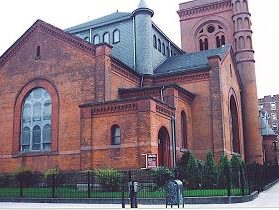
The current history of Union is even now being written as we go along from decade to decade. Indeed, we are a church of the new millennium with its share of struggle, growing pains, and vitality.
Fifty-four years ago, we became Union Methodist Church, a church whose members were of different parishes, who came to live together. We were a church of different races, religious backgrounds, and cultures. We are still now a church of different ethnic backgrounds and cultures, and we live together in harmony, mutual respect, and affection.
In 1968, we changed our name as the great merger occurred in the denomination, and became Union United Methodist Church. Since then, our pastorates have included the Reverends — Arthur Caliandro, A. Shipley, Quincy Cooper, William Smart, Arthur Crowell, George E. Gibbs, David Henry, Kirton Lashley, Elemit A. Brooks (interim), Ruthenia H. Finley, Wesley Daniel, Edward Norman, David T. Ball, and continues with Jacqueline F. Carter. Today the challenge is greater, but so are our resources. And so, under God, and with the confidence of knowing that we are His church, we eagerly face the future, anticipating a transformation throughout our land and our community
